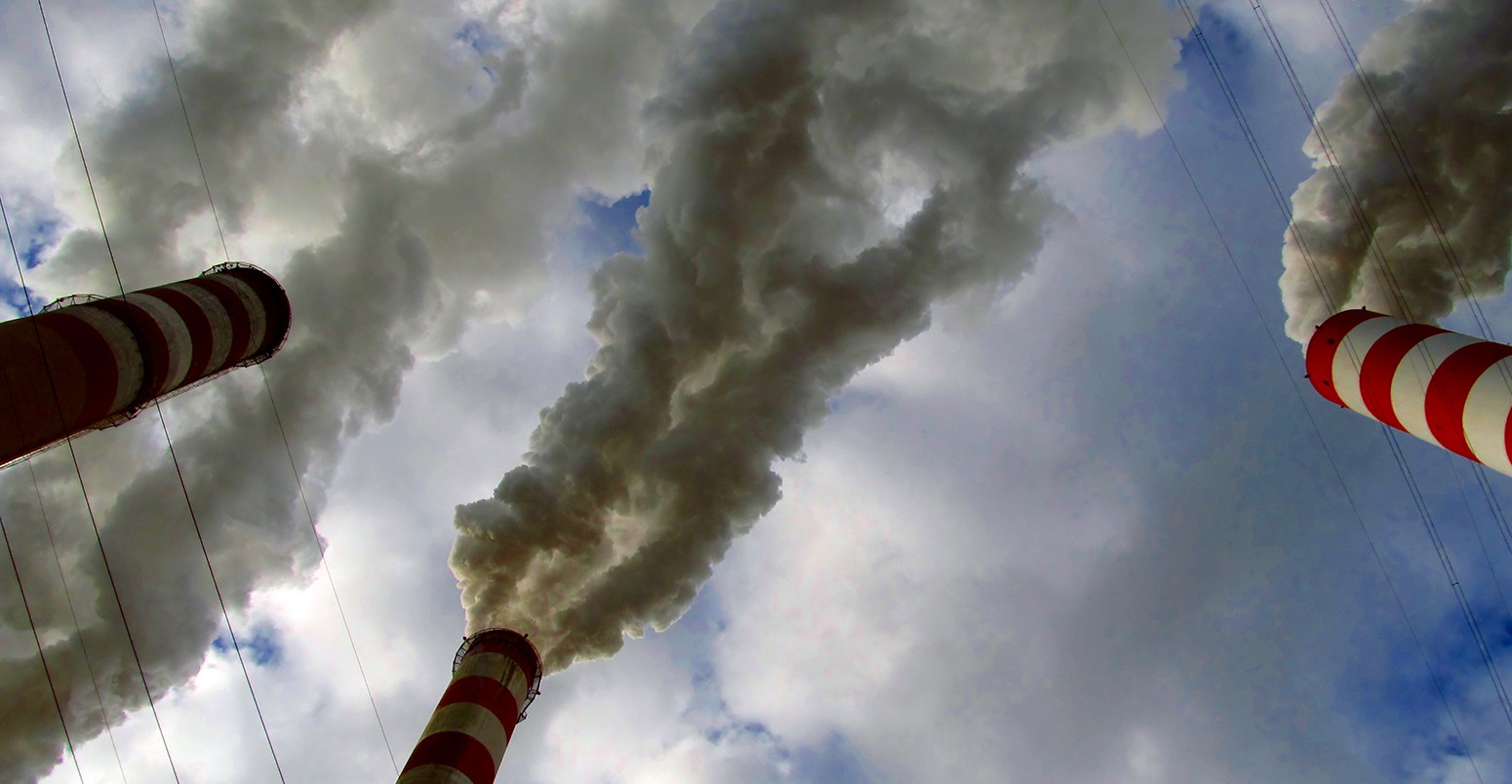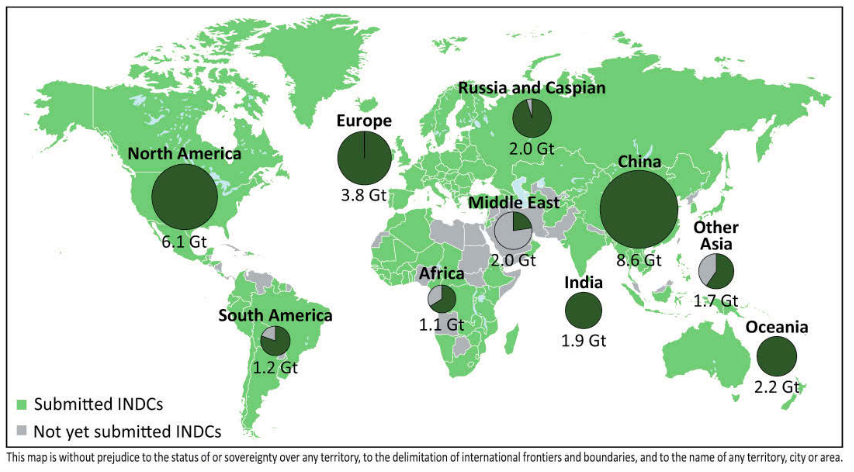IEA: UN pledges will cause dramatic slowdown in energy emissions by 2030
Sophie Yeo
10.21.15Sophie Yeo
21.10.2015 | 5:08pmThe growth in emissions from the energy sector will have slowed significantly by 2030, thanks to the climate pledges that more than 150 countries have submitted to the UN.
This is the finding of a new report by the International Energy Agency (IEA), assessing the impact of the “intended nationally determined contributions” (INDCs) that countries have promised to submit as part of the UN-led process to combat climate change.
The pledges adopt a variety of approaches, and cover a variety of sectors. This report focuses specifically on how the INDCs will affect global energy trends.
The findings
This map in the report shows the proportion of global energy-related emissions covered by INDCs so far, based on 2013 levels.
Source: IEA, Special Briefing for COP21
The report points out that pledges relating to the energy sector come in different forms.
While all of the pledges submitted so far cover the energy sector, some have included it within a headline target for dealing with overall emissions, while others have explicitly set targets to control or reduce emissions from the energy sector.
Around half of the INDCs include an energy-specific target in some shape or form, the report says. The most common of these targets is an increase of renewables’ share in the energy mix, and also improved energy efficiency.
Less commonly, countries spoke of reducing the use of inefficient coal-fired power plants, lowering methane emissions from oil and gas production, reforming fossil fuel subsidies, and carbon pricing, the report says.
If fully implemented, these measures will dramatically slow the growth in emissions from the energy sector, according to the IEA.
More specifically, it says the INDCs will have the following impacts:
- Annual growth of energy-related emissions slows to 0.5% per year by 2030
- Total energy-related greenhouse gas emissions projected to stand at 42 gigatonnes (Gt) in 2030, compared to 38Gt in 2014 — just one third of the increase seen since 2000
- Low-carbon fuels increase their share in the energy mix to around 25% in 2030, compared to less than 20% today
- Natural gas increases its share in the energy mix, while the share of coal and gas declines.
Power generation
The report looks specifically at the impact the INDCs will have on power generation. This is currently the largest source of energy-related emissions, and where efforts to decarbonise have so far been concentrated.
The following graph shows that, while demand for electricity is expected to rise up to 2030, emissions are expected to level out.
Source: IEA, Special Briefing for COP21
In OECD countries, while electricity demand is projected to grow around 10%, total emissions from the power sector will drop by one third. In non-OECD countries such as India and China, electricity demand will grow by 75% while emissions will increase by a quarter.
Conclusion
The findings of the IEA’s report rely on all the actions promised in the INDCs being implemented. This will require investment of $13.5tn in energy efficiency and low-carbon technologies between 2015 to 2030, the IEA says.
Even so, it finds that action is not taking place quickly enough. As they stand, INDCs will allow global temperatures to rise by 2.7C by 2100, falling short of the 2C limit that countries have agreed, the IEA says.
For all countries, it says, there are many ways in which energy-sector actions can still be accelerated in order to increase the chances of averting dangerous climate change in the future.
Main image: Smoke and steam from the chimney of a power plant. © DyziO/Shutterstock.com.
-
IEA: UN pledges will cause dramatic slowdown in energy emissions by 2030 | #INDC #COP21
-
New report by IEA finds than UN climate pledges will cause emissions growth from energy sector to slow by 2030 | #INDC #COP21




